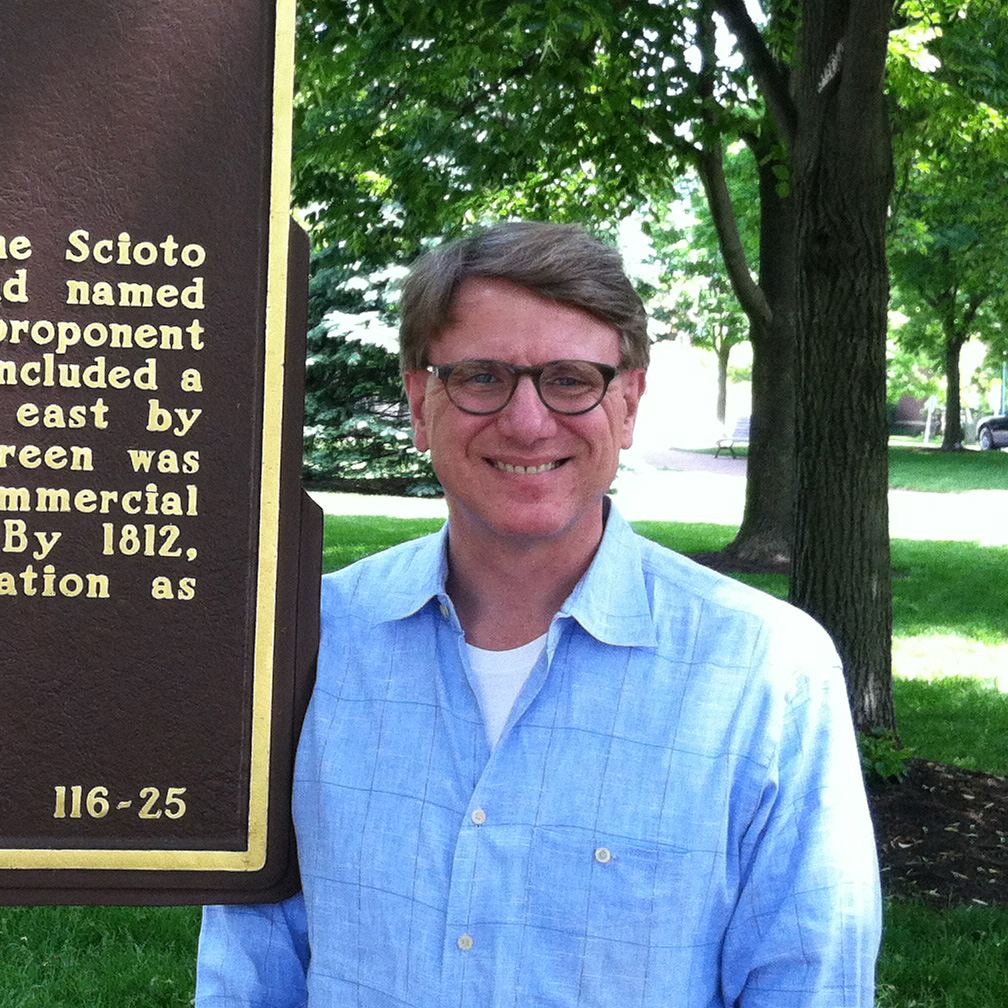Crowdsourcing, Transparency, & Training: Using webinars to increase accessibility & accountability
I manage a newer grant program at the Ohio History Connection (formerly, the Ohio Historical Society), which is funded in a relatively novel way. The grant program is called the History Fund. It is supported by donations Ohioans make to the Ohio History Connection through their state tax returns. In 2013, if you were an Ohio taxpayer due to receive a state tax refund, you could donate a portion of your refund to the Ohio History Connection using line 27c of your Ohio Form IT-1040. (And to all those Ohioans reading this, thank you if you did!)
Known colloquially as the “tax check-off,” the donation line has been on the tax form since 2012 and shares space with three other tax check-offs. The check-off for history was placed there by the action of the Ohio General Assembly and the signature of Governor John Kasich on the state’s budget in June 2011. This was the culmination of a long, six-year advocacy effort by Ohio’s history community.
In 2012, the tax check-off raised $151,000 for the History Fund grant program; in 2013, we brought in $138,000. So far in 2014, we’ve raised $158,000. Good thing, too, as the state legislature mandated that each tax check-off on Ohio’s income tax return generate a minimum of $150,000 in donations. Failing that two years in a row, a tax check-off would be dropped from the return. Yikes!
The conditions in which the History Fund was born, is funded, and is administered have everything to do transparency. Why should Ohio’s taxpayers donate to a tax check-off that they don’t have the opportunity to get to know? Moreover, a crystal-clear, transparent application process makes for better grant applications. Applicants know what is expected can respond accordingly.
To try to make the application process clearer, the History Fund offers a series of three identical “History Fund Help” webinars during the application submission period, which runs in 2014 from June 18 to September 3. The first webinar was June 25 and a recording of it, as well as the two remaining webinars, on July 16 and August 6, will be posted on the History Fund web pages of the Ohio History Connection: www.ohiohistory.org/historyfund. (If you a nonprofit in Ohio with a history project in mind, you can register for the free webinar at www.ohiohistory.org/register.)
Each History Fund Help webinar is 90 minutes long consists of three sections. The first is an overview of the History Fund: what it is, how it’s funded, what kinds of organizations are eligible to apply, what kinds of projects the Fund will support, as well as grant sizes, project periods, and other stipulations.
The second part is the meat of the webinar. We hopscotch through the actual application. We cover all 7 sections of the application, but spend most of our time discussing questions applicants should answer in their grant narratives (section 5) and explaining the types of budget information we need to make fair decisions (section 6). Reviewing the application in detail is also our opportunity to offer tips on how to make applications better and use Foundant’s GLM application software.
The third section and final of the webinar is Q & A time. The questions we receive are good gauge of how well we’ve explained some concepts, and which ones require more attention. It’s also an opportunity to remind would-be applicants that if they have any questions after the webinar is over, or if anyone else they know is interested in the History Fund, that they should please call or email the History Fund. We are happy to answer any and all questions, and will respond promptly.
We offered the History Fund Help webinar for the first time in the summer of 2013. Of the 64 applications we received in the fall of that year, we had enough funding to make 10 grants. Of those 10 successful applicants, 5 attended the webinar. It would be a little presumptuous to ascribe the cause of their success to the webinar, but we do claim that applications are stronger because of it and our commitment to approachability.
The corollary to transparency is approachability, so we try very hard to demonstrate both. Our success in the Local History Office of the Ohio History Connection depends on how well we serve Ohio’s 800+ historical organizations – those with teams of experienced grant writers and those who have never attempted a grant before. The success of History Fund depends not only on supporting great projects, but also on donations to the tax check-off. If unsuccessful as well as successful applicants got the help they needed, we hope that all will support the tax check-off and History Fund at tax time in the spring.
While our History Fund grant application does demand time and effort, we want organizations to feel as if they are getting the help from us they need to make the best application they can. For an office whose mission is to provide professional development to Ohio’s local historical community, we think of the History Fund as a source of funding, and as a tool organizations can use to articulate their relevance. Our organizations need funding, but they also must be able to answer the “so what” question to remain relevant. When applicants write a History Fund grant, we hope they also are becoming better at making their cases in their communities.
GrantCraft connected with Andy through Foundant Technologies.



